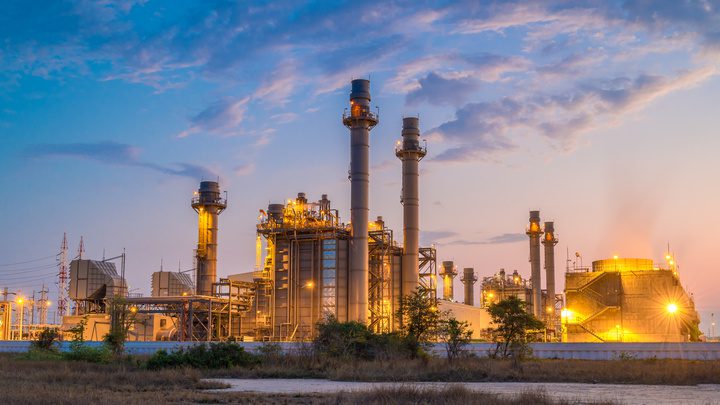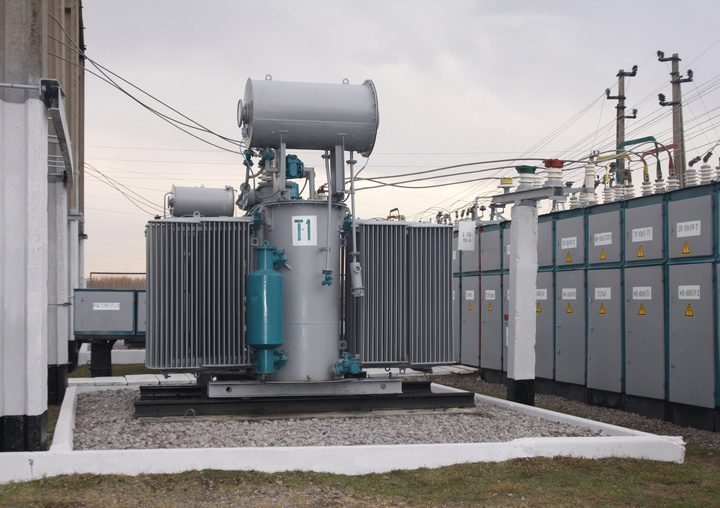Advantages of Leak Detection Technology in Power Plants
Credit to Author: Jon Irvine| Date: Thu, 09 Jun 2022 11:35:15 +0000

The first step to solving a problem is recognizing that one is present. An operations team cannot adequately put a sufficient maintenance plan in place if there is no awareness that maintenance is required.
One particular area that used to suffer much more regularly from this lack of diagnosis in a power plant setting is leak detection. Especially when discussing both transformers and combustion turbines, undetected leaks can be a massive headache for operations and maintenance personnel. If left unaddressed, these problems are amplified and have the potential of delivering catastrophic results. Additionally, as state environmental regulations continue to tighten, leak detection can play a big part in meeting those needs. Thus, from a safety, environmental, and economic perspective, keeping transformers and combustion turbines from failing, or even worse, exploding, is a regular objective for operators. Fortunately, there are leak-detection solutions available that can drastically cut down on the possibly that one of these disastrous equipment failures will happen.
Transformers

Keeping a transformer operating in optimal shape is critical. Part of the maintenance required for this desired outcome is to ensure that a proper amount of transformer oil is present at all times. It is truly the lifeblood of the transformer. In fact, for decades, power plants have hired crews of individuals to walk around transformers and search for potentially dangerous leaks. So, it has always been something that’s been taken seriously. It’s just that society has thrown a bit of a curveball into the mix. Both social change and technological innovation has changed the way that leaks are discovered and addressed.
One element that the pandemic ushered in was social distancing and the shift to fewer people on site, even at power plants. With fewer individuals working on site on a regular basis, there is far less confidence that leaks will be discovered and addressed in a timely manner. This societal shift caused many power plants to reassess the way they went about inspecting their transformers for leaks. Initiatives were put into place to install advanced communication networks that could use modern technology and save labor costs by monitoring for leaks remotely.
The strategy behind the technology is to detect smaller leaks before they turn into larger ones. Transformers inside power plants can be very large, further demonstrating the need for smart technology in the process. If there are massive leaks, the equipment is built to contain the oil, but the technology is designed to create an alert before it gets to this costly point. The equipment detects any leaks of the transformer oil very early in the process, allowing operators to make key early adjustments. They’re able to transfer the load to a different transformer, if necessary, or at the very least, they can confidently put that problematic transformer on a timelier preventative maintenance schedule.
The technology at play for this specific discussion is designed to detect any substance containing hydrocarbon: lube oils, fuel, chemicals, etc. Because the hydrocarbon sensors only react to oils, they are impervious to water. This is beneficial for a number of reasons, but it’s specifically important during inclement weather. If rainwater makes its way to the sensors, it won’t accidentally trigger an alarm.
What’s at risk if there isn’t a sufficient leak detection system installed with the transformers? There is a substantial amount. Of course, the worst-case scenario is that the transformer explodes. Not only is there a chance that personnel could be seriously hurt or killed, but the expense of replacing a transformer is astronomical. Otherwise, if not a total catastrophe, at the very least there is the potential for some very costly maintenance. There is typically a potential outage or crossover situation. The bottom line is that a major leak from a transformer can have a disastrous impact that will need to ultimately be cleaned up. Most importantly, it does not take much. Major problems can arise from merely ounces of fluid leaking, not buckets or larger quantities.
Leak detection is not just limited to transformers inside of power plants, however. That same transformer oil is used to insulate high-voltage electrical infrastructure such as capacitors, switches, exciters, and circuit breakers. This means that nearly all the pumps, heat exchangers, storage tanks, filter assemblies, and containment areas are areas at risk for leak detection. Unaddressed leaks in any of these areas can be troublesome. Granted, there are varying degrees of cost and risk associated with each, but having peace of mind that everything is operating at its highest potential is achievable.
Combustion Turbines

The other major application of modern leak detection technology at power generation facilities is through the combustion turbines (CTs). CTs usually run on natural gas and have an oil-filled lubrication system. CT enclosures, lube skids, lube oil heat exchangers, gear oil pumps, and related plumbing, filtration, containment dykes, and storage tanks are all applicable areas where proper leak detection can be noticeably beneficial. Due to the heat and vibration that regularly emanates from a CT, nearly every fitting comes loose at some point. This can cause catastrophic damage, fires, and ultimately, costly downtime.
All the oil that lubes the critical parts goes through a vast array of plumbing pump filters. However, the true “Achilles Heel” of the CT is the plate heat exchanger that cools the oil. As most maintenance personnel that work inside power plants can attest, those are always leaking. As a series of panels assembled together and held by a compression rod, the plate heat exchangers are in seemingly constant need of maintenance. However, by installing the leak detection technology sensors underneath them, maintenance personnel can make critical adjustments, so they don’t lose a CT and need to shut down the plant. As is true with the turbines discussed earlier, strictly utilizing the older, primitive method of leak detection (relying on crews of individuals manually checking) can be suboptimal. Far too often, a big leakage event may be noticed, but by then, it’s too late to avoid a catastrophic failure.
As the technology continues to improve, many power plants are turning to more sophisticated leak detection techniques. By implementing this in key areas inside of facilities, operators and decision-makers are made aware of dangerous leaks earlier and can address them before they turn into something far more costly.
—Jon Irvine is a sales manager in the Process Heating department of Valin Corporation, a leading technical solutions provider for the technology, energy, life sciences, natural resources, and transportation industries. Valin offers personalized order management, on-site field support, comprehensive training, and applied expert engineering services utilizing automation, fluid management, precision measurement, process heating, and filtration products. For more information, please visit www.valin.com.
The post Advantages of Leak Detection Technology in Power Plants appeared first on POWER Magazine.